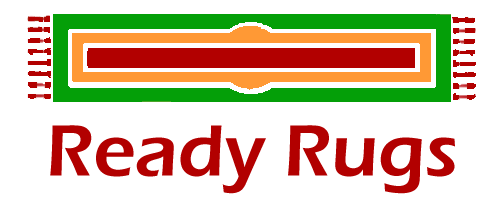The Energy & Resources Industry is highly asset-intensive. Companies who manage these assets are frequently confronted with compliance issues, safety and environment threats, aging equipment maintenance issues, and budget limitations. Each of these aspects can possibly have a significant impact on an organization’s internal, external and strategic success.
A well-rounded approach to risk management is essential to defend against these threats and ensure that businesses can keep meeting the demands of its customers. This article outlines the most important areas of risk and asset management:
Counterparty risk management is focused on ensuring that key relationships (such as prime brokers and derivative counterparties, as well as clearing banks and custodians) are creditworthy, and it includes implementing failsafe procedures that protect risk assessment in business against financial loss or reputational damage resulting from the failure of those partners. This is accomplished by vetting the vendors and ensuring that the approval process extends not just to the vendor but also to the specific service they offer.
Market risk is a potential decline in portfolio value. Both asset managers and risk management are concerned about it, however from different perspectives. Portfolio managers manage their market exposures in order to minimize unintended betting on markets and other elements that affect risk management, while asset management focuses on managing crowded trades, leverage, liquidity, expected volatility, and cash flow.
A well-designed risk and asset management plan will enable an organization to avoid unexpected challenges and maximize the use of its assets. The three-line governance framework is a powerful tool for identifying and minimizing the risks that could negatively impact an organization’s performance.
